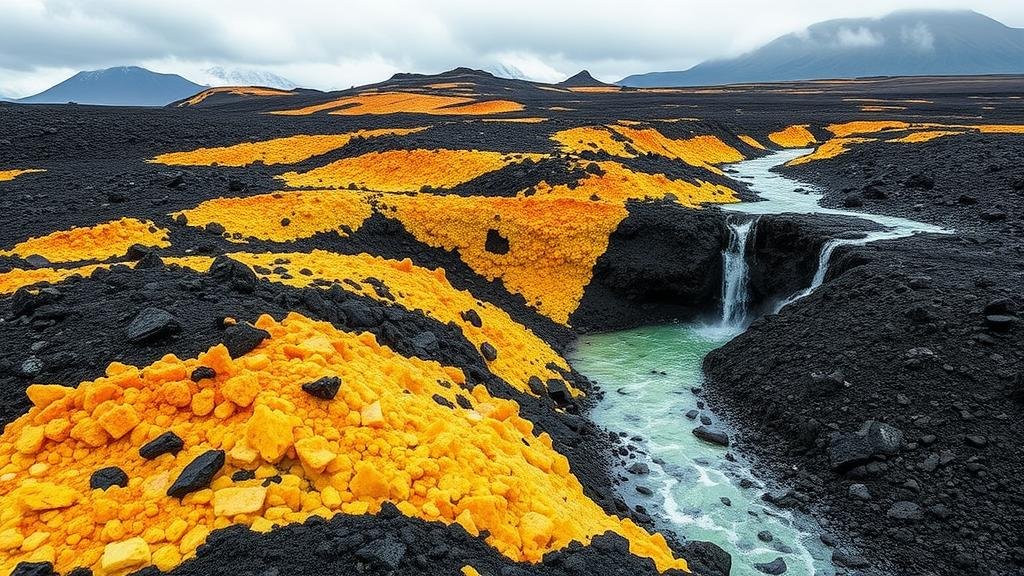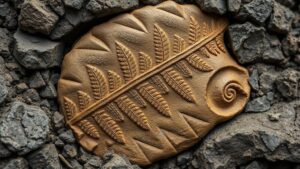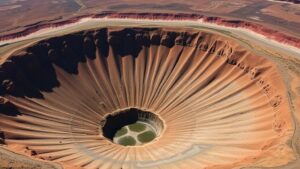Investigating the volcanic slopes of Iceland for zeolites, minerals formed from cooling lava flows.
Investigating the Volcanic Slopes of Iceland for Zeolites
Iceland, renowned for its breathtaking landscapes formed by volcanic activity, offers a unique opportunity for rockhounds and mineral collectors interested in zeolites. These fascinating minerals are formed from the cooling and alteration of volcanic rocks. Their unique properties, which include ion-exchange capabilities and adsorption potential, make them valuable not only for collectors but also for various industrial applications.
Understanding Zeolites
Zeolites are a group of aluminosilicate minerals characterized by a porous structure that allows them to trap water and other molecules. e are over 40 recognized natural zeolite species, with the most common being clinoptilolite, chabazite, and mordenite. These minerals are often formed during the alteration of volcanic glass and lava flow and can be found in various geological settings.
The Geology of Iceland
Iceland is located on the Mid-Atlantic Ridge, a divergent tectonic plate boundary where the Eurasian and North American plates are moving apart. This environment creates significant volcanic activity, leading to the formation of basaltic rocks rich in silica and aluminum, crucial for zeolite formation. unique geology, combined with Icelands geothermal activity, contributes to a diverse mineral assemblage.
Where to Find Zeolites in Iceland
For rockhounds and mineral collectors, several locations in Iceland are notable for zeolite discoveries:
- Reykjanes Peninsula: This area features numerous volcanic craters and is famous for its zeolite deposits, particularly clinoptilolite.
- Hengill Volcano: The geothermal activity and altered volcanic rocks in this region provide excellent zeolite specimens.
- Akureyri: North Icelands volcanic formations yield a variety of zeolites, especially in the lava fields surrounding the town.
Collecting Tips for Rockhounds
When searching for zeolites in Iceland, consider the following practical tips:
- Research Local Regulations: Ensure you are compliant with local laws regarding mineral collection to avoid fines or legal issues.
- Use Proper Tools: Equip yourself with a sturdy rock hammer, safety goggles, and a collecting bag to safely gather specimens.
- Identify Key Features: Look for vesicular basalt rocks, which often indicate areas where zeolites may have formed.
- Be Mindful of Weather: Iceland’s weather can change quickly; dress in layers and be prepared for rain or snow.
- Join Local Collecting Groups: Networking with local enthusiasts can provide insider knowledge on the best collecting spots.
The Scientific Significance of Zeolites
Zeolites are not only aesthetically appealing but also scientifically significant. They are widely used in agriculture as soil amendments, in wastewater treatment facilities for their ion-exchange properties, and in the production of detergents. According to the U.S. Geological Survey, the zeolite market was valued at approximately $20 million in 2021 and is expected to grow as demand increases for environmentally friendly materials.
Real-World Applications of Zeolites
Beyond their appeal to collectors, zeolites serve numerous industrial purposes:
- Water Purification: Zeolites can remove heavy metals and toxins from water, making them crucial in environmental cleanup.
- Agriculture: They improve soil quality by retaining moisture and nutrients, thus enhancing plant growth.
- Catalysis: In the petrochemical industry, zeolites act as catalysts to speed up chemical reactions.
Conclusion and Takeaways
Iceland’s volcanic slopes offer rockhounds and mineral enthusiasts a unique opportunity to explore the fascinating world of zeolites. With proper preparation, knowledge of geological settings, and respect for local regulations, collectors can uncover beautiful and scientifically significant specimens. Remember, each zeolite you collect not only enriches your collection but also connects you to the dynamic geological history of one of Earth’s most fascinating landscapes.
In your quest for these extraordinary minerals, consider joining local mineral clubs or online forums to share findings and gain insights from experienced collectors. Embrace the journey–each trip to Iceland could uncover new treasures beneath its volcanic surface.



